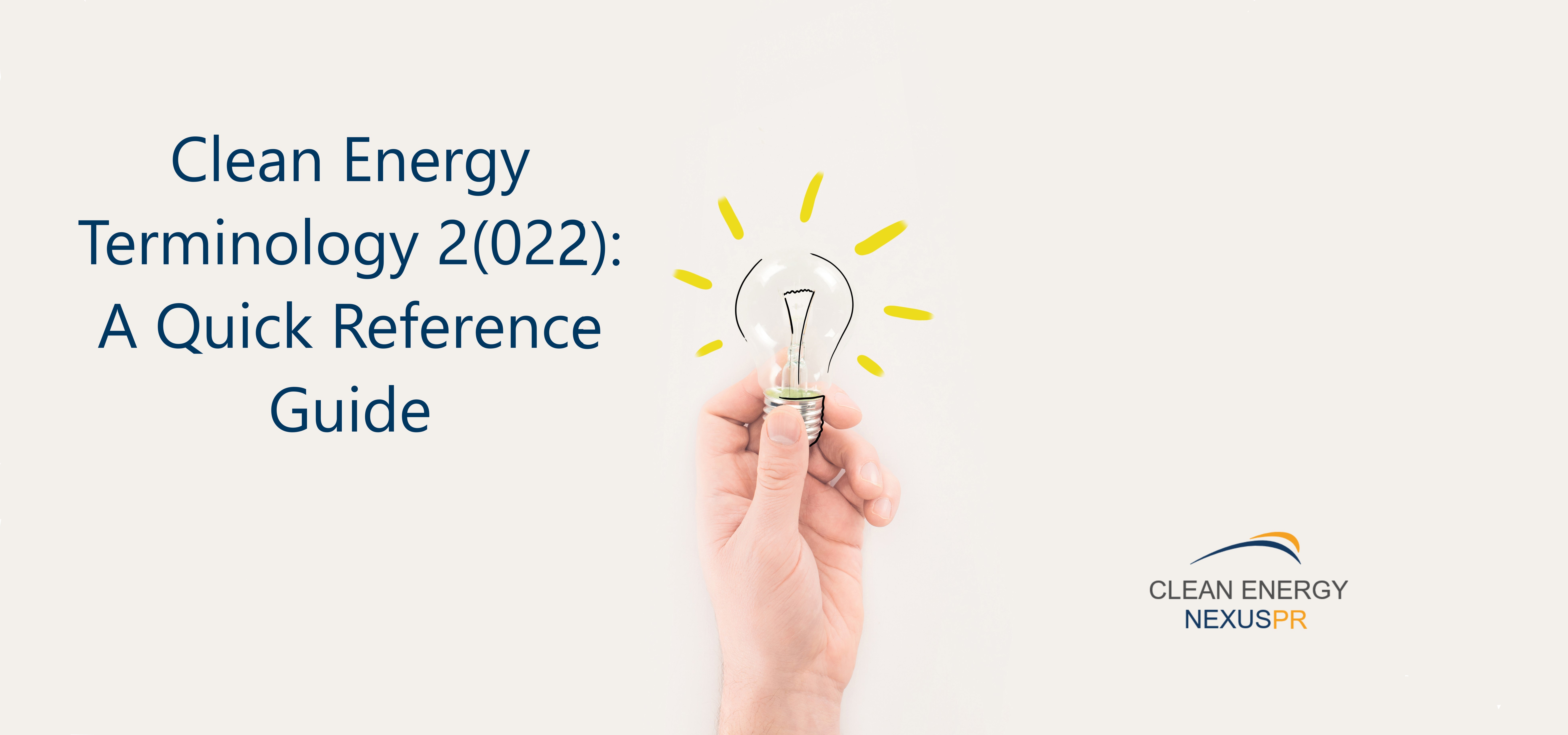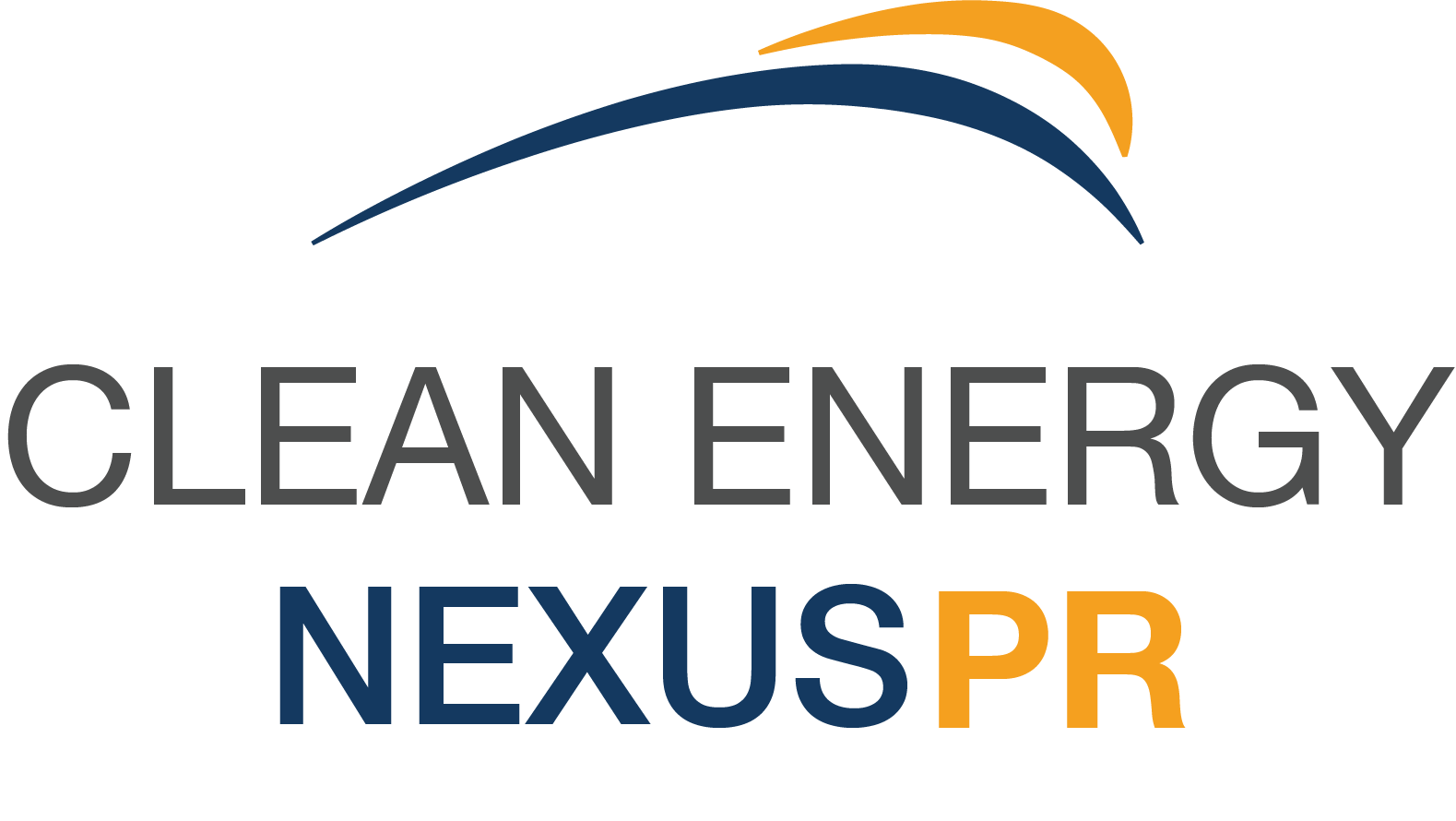Clean energy is becoming more prevalent in the electricity market, and solar will continue to increase in popularity because of it's affordability, the recent passing of the Inflation Reduction Act of 2022 and it's $369 billion dollar budget towards increasing energy security and reducing climate change, and solar technology advancements making solar more efficient every day.
We hope this terminology guide of terms used in the clean energy space helps to provide potential buyers more education and clarity before and during the process of investing in clean energy!

AHJ - Stands for Authorities Having Jurisdiction and is a broad definition for a local authority that issues permits for solar projects. This can often encompass the local city or county's permitting office and the local utility company if the solar project will be grid-tied.
DER - This acronym stands for Distributed Energy Resource and refers to a smaller source of energy that's connected to a larger utility-operated grid. You'll often see this acronym used in solar when discussing backup power solutions when the grid fails.
DAS - Not to be confused with DER, a DAS is a Data Acquisition System that is part of the equipment that makes up a complete solar power generation system. It monitors the health and viability of the system and the data it collects can be accessed via wi-fi.
ITC - This stands for Investment Tax Credit and is a large part of the recently-mentioned Inflation Reduction Act of 2022 (read about it's impact on solar in this blog post). The ITC was raised back up to 30% from 26% as part of the bill that was passed and can be increased to 60% by incorporating some measures created to stimulate the US solar economy, such as using materials manufactured in the USA and using an EPC (construction company, or it's full acronym Engineering, Procurement, and Construction) that hires union laborers. As it's name implies ,the ITC is a tax credit from the government that owners of a solar power generation system can claim on their tax return the following year.
PTC - The Production Tax Credit is related to the ITC but not the same. This is also a tax credit that can be claimed by system owners on their annual tax returns, but this credit is for the production of energy once the system is turned on and generating electricity. The Inflation Reduction Act introduced the concept of being able to sell this tax credit and the ITC to parties unrelated to the project for cash, whereas previously the party purchasing the tax equity had to be a part-owner in the project to benefit from the credit.
PV - This one is used often enough that many companies (to their detriment) don't define it as part of their writing. PV stands for Photo Voltaic (also written photovoltaic) and literally means sun electricity. It's often used to describe solar panels as PV panels, or the entire solar power generation system as a PV system.
A previous Clean Energy Terminology blog post (the original!) describes more clean energy terminology such as greening, carbon capture, and what the Paris Accord means to clean energy.
Another blog post contains widely-used acronyms and standard contract information, and we dive deeper into solar contracts in a recent post.
We hope that by gathering all of these commonly-used solar acronyms into a series of blog posts it helps empower future solar buyers and increases the adoption of solar by spreading knowledge.
If you have suggestions for future blog posts, we'd love to hear them in the comments below!
Picture credited to DepositPhotos.com
